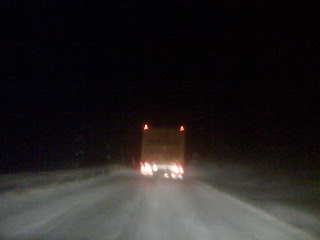

the stash of hash...

Mr. Harry Jones...

need for speed...

the thrill of the pill...
After working at Grønland at a bar for quite some time I have made some interesting encounters with strangers, people I really dont wanna be friends with but at the same time needed to hook up with in order to see ”the secret societies”.
Last monday I hooked up with ”Mike”, a local heroin dealer, pushing at street level.
Mike is an infamous character working at Vaterland, one of the main spots for the heroin trade in Oslo.
Mike wanted to show me how the drugtrade worked and agreed to help me score some dope. Within the short period of an hour we bought heroin, amphetamine, funky blue pills and some hash. Due to implications on the criminal consequences, Mike was bying the dope while I was witnessing.
It was an interesting experience, now I got the first hand information I need in order to map this part of the chaos. Prices do vary, for a user dose of heroin the price was 250, amphetamine set us back a 100, the pills were 20 each and the hash was 100 a gram. The hard drugs was bought at Vaterland from a white dealer, while the hash was bought from illegal african immigrants innside the metrostation at Grønland.
Later we tried to score some khat but the somalies dealing the drug Grønlandstorget was suspicious towards non-somalians bying the drug, so the idea of bying this got abolished. I left ”Mike” with the drugs for him to enjoy alone, heading back to Bergen. Will hook up with him again and talk more about the trade, the the dealers and the customers when I return to Oslo for the second part of the analysis.
Even though the police do their best to stop this and interupte this type of affairs it was extremely easy to get the stash we wanted. A junkie is a junkie 365-24/7 so the business is never closed.
No matter what you think of drugs, I like the idea of a selfsustainable economy operating within its own context and by its own complex system.
NIVAs surveys from the water treatment plants in Oslo in 2007 indicates 15 cocaine doses per 1000 inhabitants per day. This gives us 8700 doses of cocaine in Oslo snorted up the nose every day. Cocaine addicts stand out from the users of heroin and amphetamines due to the fact that they often only use the stuff in the context of a party (some party everyday…). For the users of heroin the party is definitely over. It is estimated that between 8,200 and 12,500 inhabitants in Oslo is addicted to heroin and amphetamine and their injection of the drugs is extremely harmful to health.
An average user of heroin need on average 760 NOK a day to meet their as an amphetamine user can operate on 290 NOK. (Figures from SIRUS 2004)
- We are at Grønland metro station daily and arrest people. Steadily. Every day, all year round, 365 days a year, we arrest ten people in our circle of drug crime, "says Stølen, chief of police at Grønland Police Station.

 new friends just keep poppin up, Tommy Jensen is a smalltown boy, anxious about moving to Grønland, he asks the forum stupid questions, maybe yes, maybe no, lets say so..
new friends just keep poppin up, Tommy Jensen is a smalltown boy, anxious about moving to Grønland, he asks the forum stupid questions, maybe yes, maybe no, lets say so..







 the stash of hash...
the stash of hash... Mr. Harry Jones...
Mr. Harry Jones... need for speed...
need for speed... the thrill of the pill...
the thrill of the pill...



























